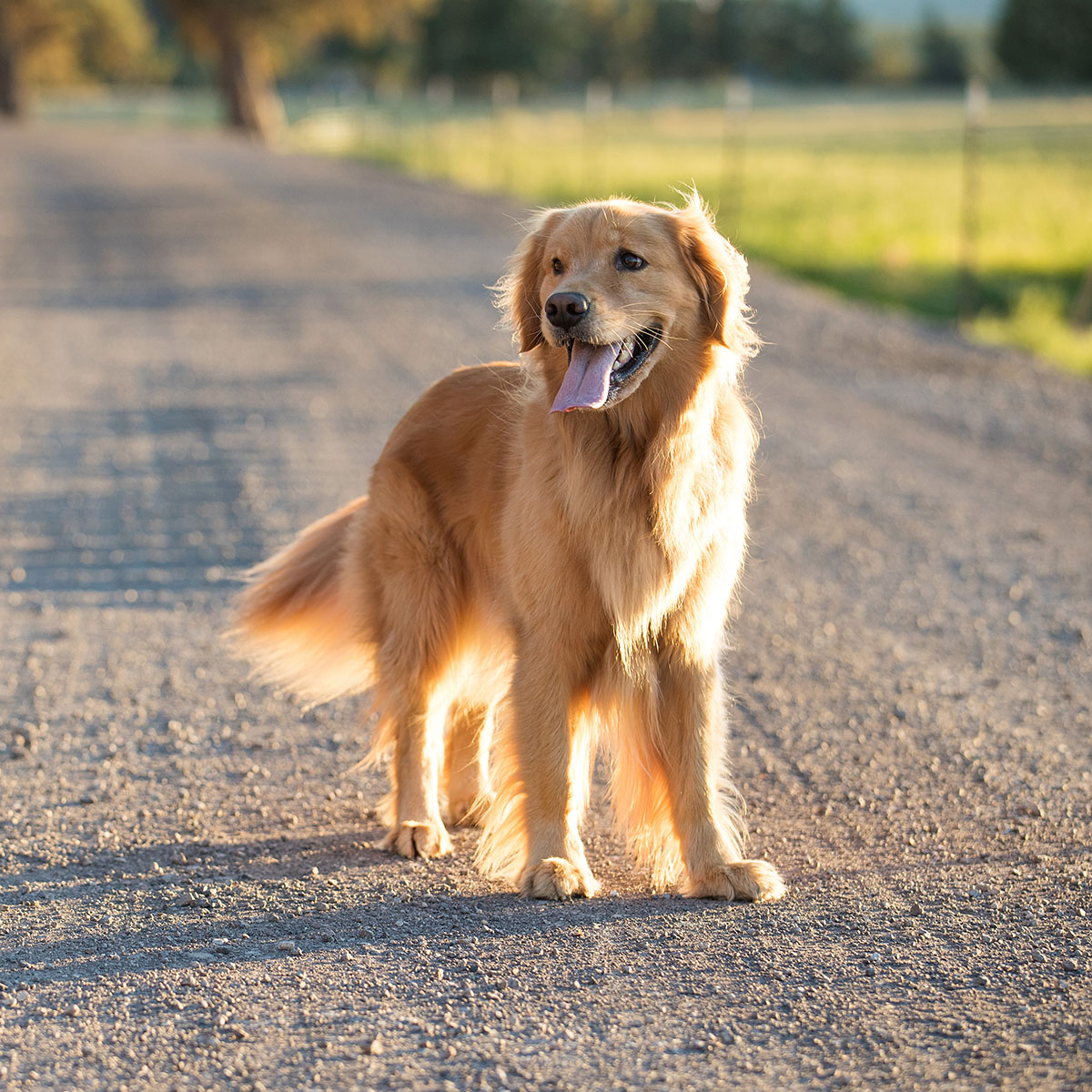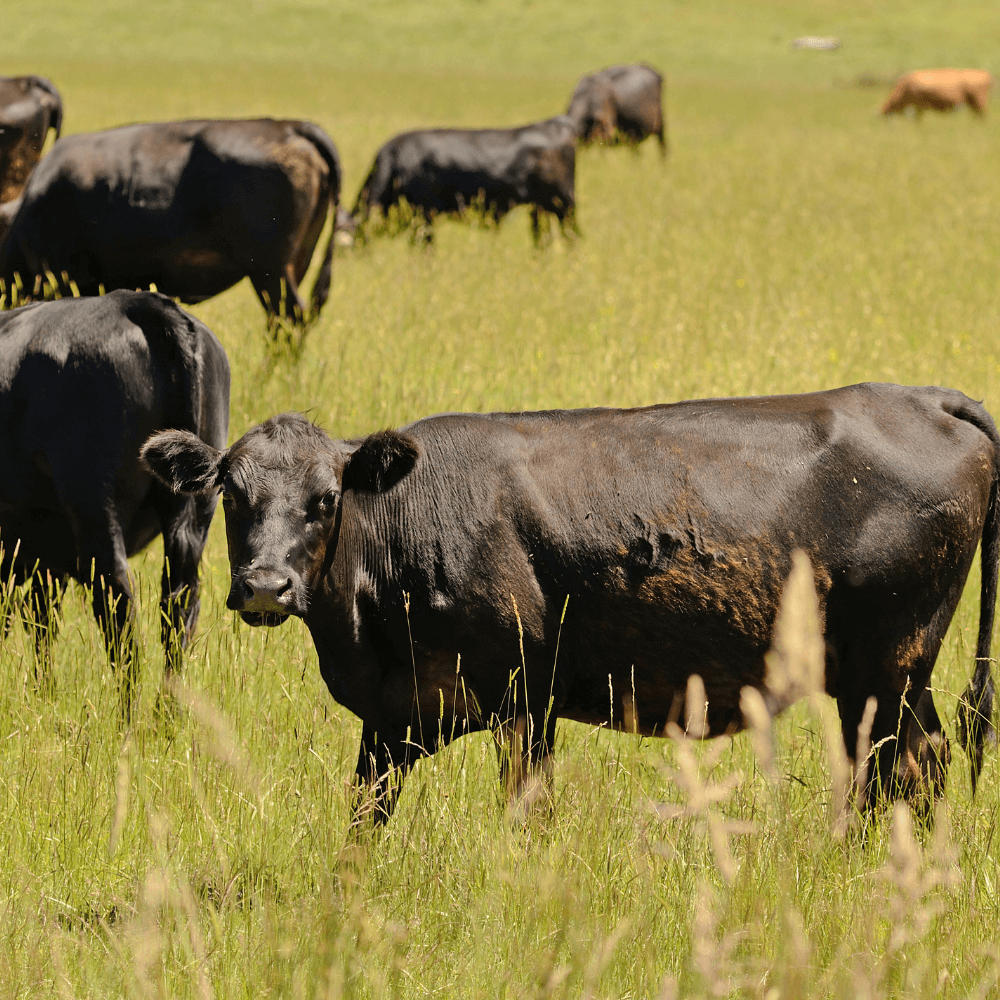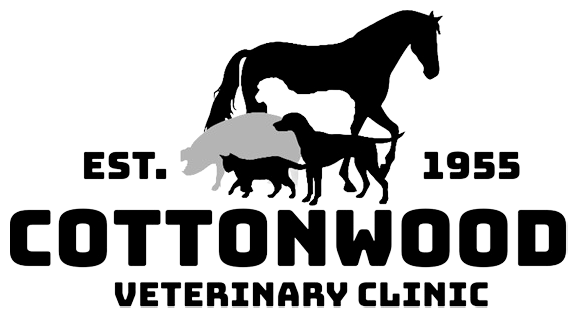Welcome to Cottonwood Veterinary Clinic
We have been serving the Southwestern Minnesota area since 1953. Whether you have large or small animals, we care for them all.

About Cottonwood Veterinary Clinic
The history of Cottonwood Veterinary Clinic
In the early 1950s, Dr. CP Enge and Dr. Eiler Fredrickson partnered to form the Cottonwood Veterinary Clinic. They started with an office in downtown Windom. In 1955, they built a new clinic along Highway 60 in Northeast Windom, which has continued there to the present day. Numerous remodels and updates have been made throughout the years to meet the needs of a changing profession.
The newly built clinic and hospital were designed to serve the needs of livestock farmers in the early years. There were facilities for doing surgery on cattle and horses with pens for hospitalized livestock. A few years into the business, Dr. Enge left the practice to move to Arizona. Dr. L J Hansen, from the Storden area, then took on the partnership with Dr. Eiler. In the early 1960s, Dr. Eiler moved on, and Dr. Cliff Ling, a native of Round Lake, joined Dr. Hansen as the new partner.

Complete Veterinary Care in Windom, MN
Cottonwood Veterinary Clinic offers a wide range of veterinary services designed to meet the needs of your animals in Windom, MN.

Small Animal Services
We provide a wide range of pet services, including wellness exams, vaccinations, in-house laboratory work, surgical services, and more.

Large Animal Services
We extend our veterinary care to large animals such as cattle, horses, sheep, elk, bison, and more, ensuring exceptional veterinary care for all of your animals.
Meet Our Veterinary Team
Our dedicated veterinary team is committed to providing quality veterinary services with a personal touch. Every team member, from our skilled veterinarians to our compassionate support staff, is driven by a love for animals. Your pet’s well-being is our priority, and we strive to create a welcoming and stress-free environment for you and your furry family member—trust Cottonwood Veterinary Clinic for comprehensive and caring veterinary services that keep tails wagging and purrs resonating.
